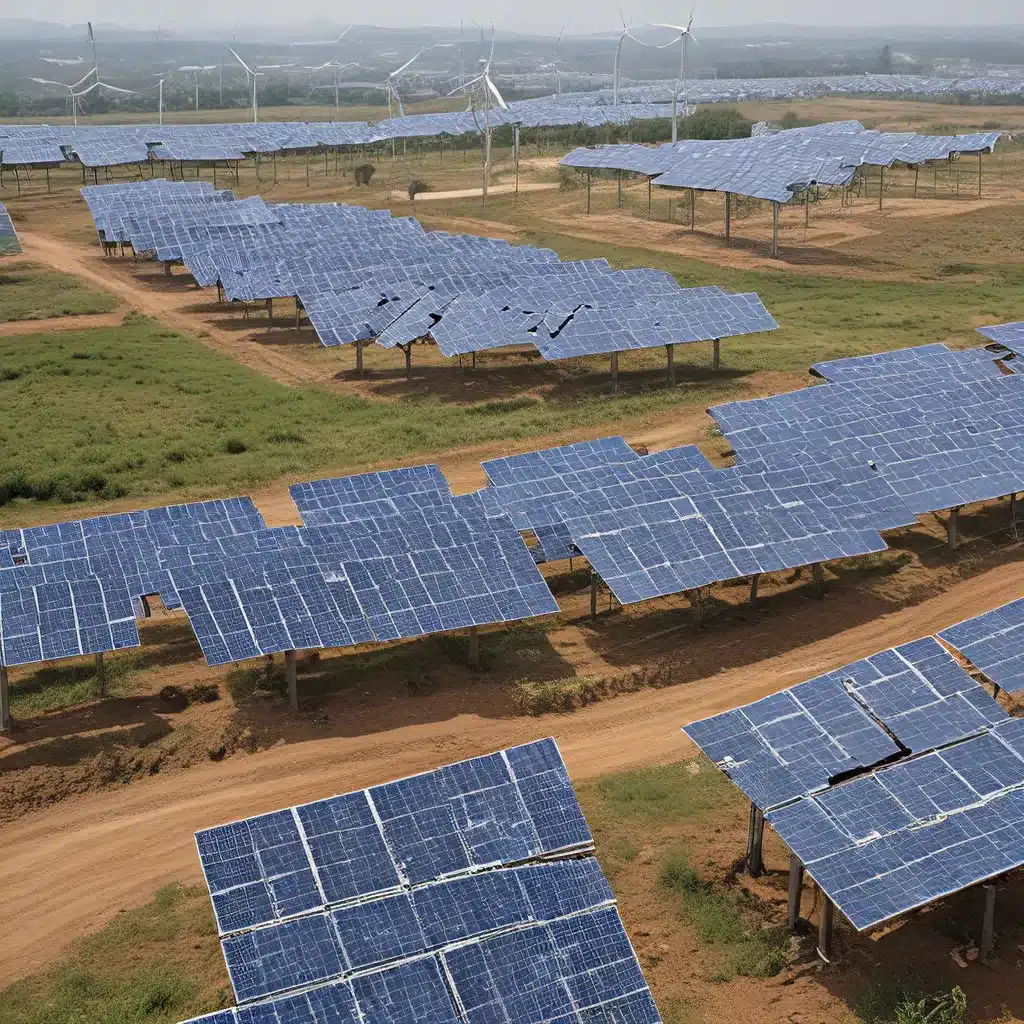
Navigating the Complexities of Renewable Energy Policymaking
As the world grapples with the pressing issue of climate change, the need for a sustainable energy future has never been more crucial. Renewable energy has emerged as a powerful solution, offering a clean and abundant alternative to traditional fossil fuels. However, transforming this vision into reality requires carefully crafted policies that can effectively drive the transition towards a renewable energy-powered world.
In this comprehensive article, I will dive deep into the intricacies of renewable energy policies, exploring the strategies and best practices for their successful implementation. Drawing insights from various authoritative sources, I aim to provide you with a holistic understanding of the challenges, opportunities, and crucial considerations that policymakers and stakeholders must navigate.
The Foundations of Renewable Energy Policies
Renewable energy policies are a crucial component of the broader environmental and energy policy landscape. These policies are designed to incentivize the production, distribution, and consumption of clean energy sources, such as solar, wind, hydroelectric, and geothermal power. By establishing a supportive regulatory framework, policymakers can create the necessary conditions for the renewable energy sector to thrive and scale.
The Environmental Protection Agency’s (EPA) Renewable Energy and Energy Efficiency Manual provides a comprehensive overview of the various policy instruments and strategies that governments can employ. These include renewable portfolio standards, tax credits, net metering, and feed-in tariffs, among others. Each of these policy tools has its own unique set of advantages and challenges, requiring a nuanced understanding of the local context and stakeholder needs.
Overcoming Barriers to Renewable Energy Adoption
Despite the clear environmental and economic benefits of renewable energy, there are often significant barriers to its widespread adoption. These barriers can range from technological limitations and infrastructure challenges to public misconceptions and entrenched fossil fuel interests.
Executive Order 13834 highlights the importance of addressing these barriers through a holistic and collaborative approach. By engaging with a diverse set of stakeholders, including industry leaders, environmental advocates, and community groups, policymakers can develop tailored solutions that address the unique needs and concerns of each region or sector.
One particularly effective strategy is the implementation of comprehensive energy efficiency programs. By reducing overall energy demand, these programs can create a more favorable environment for the integration of renewable energy sources. Additionally, investing in grid modernization and energy storage technologies can help overcome the intermittency challenges associated with some renewable energy sources.
Fostering a Supportive Policy Environment
Crafting effective renewable energy policies is not a one-size-fits-all endeavor. Each jurisdiction has its own set of economic, political, and social dynamics that must be carefully considered. Successful implementation often requires a nuanced approach that balances the interests of various stakeholders while prioritizing the long-term sustainability and resilience of the energy system.
The Center for American Progress has identified several key elements of a supportive policy environment, including:
- Stable and predictable regulatory frameworks: Providing long-term policy certainty can instill investor confidence and drive the necessary investments in renewable energy infrastructure.
- Targeted financial incentives: Well-designed tax credits, subsidies, and other financial incentives can help offset the upfront costs associated with renewable energy projects.
- Robust stakeholder engagement: Actively involving a diverse range of stakeholders, from industry players to community groups, can help ensure that policies are aligned with local needs and concerns.
- Coordinated cross-sectoral collaboration: Fostering collaboration between different government agencies, as well as between the public and private sectors, can create synergies and unlock new opportunities for renewable energy deployment.
The Role of Renewable Energy in a Sustainable Future
As we navigate the path towards a sustainable energy future, the importance of effective renewable energy policies cannot be overstated. These policies serve as the foundation for a clean energy transition that can deliver a range of environmental, economic, and social benefits.
By investing in renewable energy, we not only mitigate the impacts of climate change but also create new job opportunities, improve public health, and enhance energy security. Moreover, the widespread adoption of renewable energy can have a ripple effect, inspiring other sectors to embrace sustainable practices and accelerate the transition towards a more circular and regenerative economy.
Embracing the Renewable Energy Revolution
As I reflect on the journey towards a renewable energy-powered world, I am reminded of the profound impact that well-crafted policies can have. Renewable energy is not just a technological solution; it is a catalyst for a broader societal transformation that can improve our quality of life, protect our planet, and inspire future generations to build a more sustainable future.
I encourage you to explore the wealth of resources available on Firewinder, a leading provider of renewable energy solutions. By staying informed and engaged, you can play a vital role in shaping the policies and strategies that will drive the renewable energy revolution.

